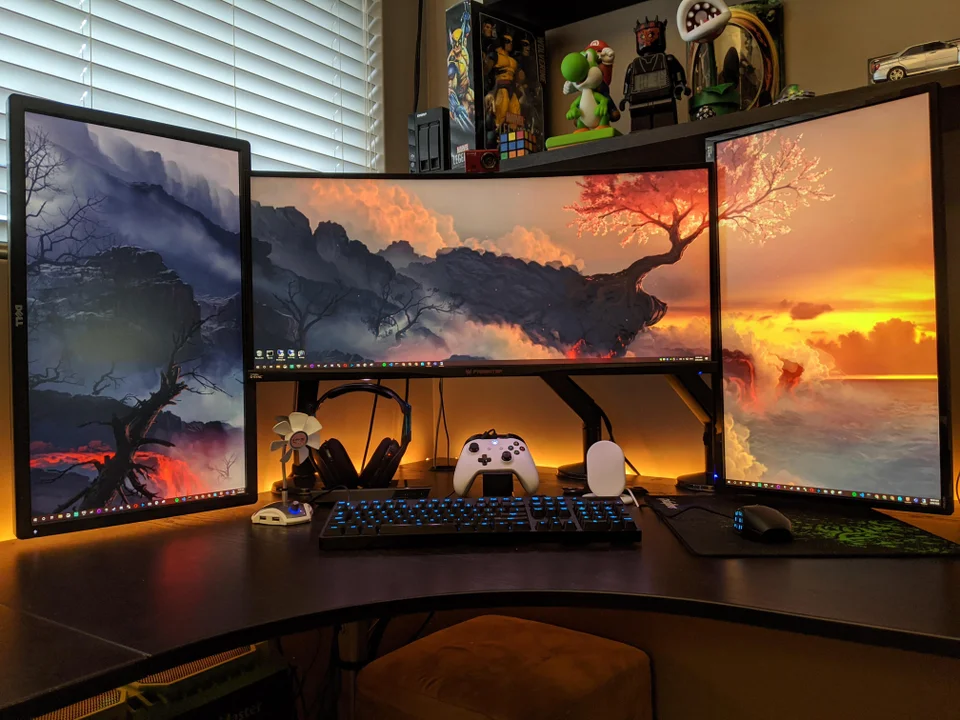

For example, if you travel across London using your mobile phone, the police could track your general location if they checked with your network provider. The police can look at telephone records of calls and texts made and received, and also look at the location they were made. They know about codes that people use when discussing drugs and might get an expert to translate any messages.
#Reddit raid monitor download#
It is possible to access deleted messages and the police may even download photos saved on the phone to see if there is any evidence of drug supply. The police might look at telephone or computer evidence to prove that a person has the intention to supply drugs or has actually sold them. If someone agrees to this and sells drugs to an undercover officer then this is not entrapment. However, an undercover officer is allowed to give someone an opportunity to commit an offence by asking them to sell drugs. Any evidence found in this way could be rejected by the Court. This would be considered ‘entrapment’ and is where the person wouldn’t have committed the offence without the officer’s encouragement. The undercover officer will usually have a hidden camera or microphone on them and the deal will be recorded.Īn undercover officer can’t force or persuade someone to commit an offence. Undercover officers might pretend to be a person buying drugs to prove that someone is selling drugs. These recordings are allowed to be used as evidence in court. However, the police are not allowed to intercept telephone conversations. A common example would be in the car of a suspect. The Police will look for the same sort of evidence as for PWITS, but because actual supply needs to have taken place they will also use other types of evidence. This could be CCTV or hidden cameras, or there may be undercover officers in places where drug supply is known to happen. They might even use listening devices (known as a ‘probe’) to record conversations. The amount of drugs is less important if you are caught actually supplying them. Even if you only supply a tiny amount of drugs to someone, you could still be charged with the offence.

The police might also check anything that the drugs are wrapped in for fingerprints – especially if you are saying that the drugs don’t belong to you.Įven if caught with a small quantity of drugs statements given by you can be used in evidence for example, if you say to the police you were holding a ecstasy pill for a friend this could be used to establish intention to supply. These items can include scales, individual ‘deal bags’, cling film, lists of customers, text messages indicating transactions, and cash. However, the amount on its own is not normally enough evidence and the police will always look at what else is found with the drugs, or at your home. If other things that are regularly involved in the supply of drugs are also found, this may suggest that you have the intention to sell or supply drugs. The amount of drugs you have in your possession might suggest to the police and prosecution that you are intending to supply them to someone else. Possession with Intent to Supply (PWITS) a Controlled Drug However, your personal situation will be very important - if you use a high dose/quantity of drugs regularly it might be more likely that you will have a greater amount in your possession. There is no fixed amount that can be said to be for personal use – if you are caught in possession of a particularly large amount of drugs then the police may think that it is too much for your own needs and you could be charged with an offence of possession with intent to supply drugs, which is much more serious. The Police and CPS will look at all sorts of evidence to decide if someone has committed an offence, and what offence that might be.įor this offence the drugs themselves are normally the only actual evidence that the police and prosecution will have.


 0 kommentar(er)
0 kommentar(er)
